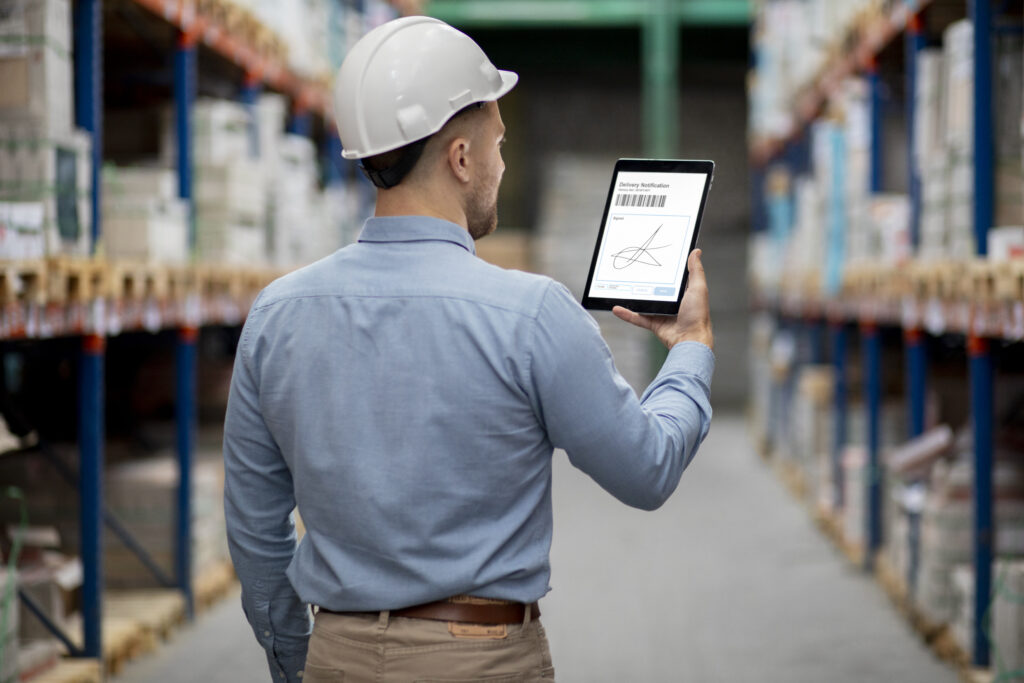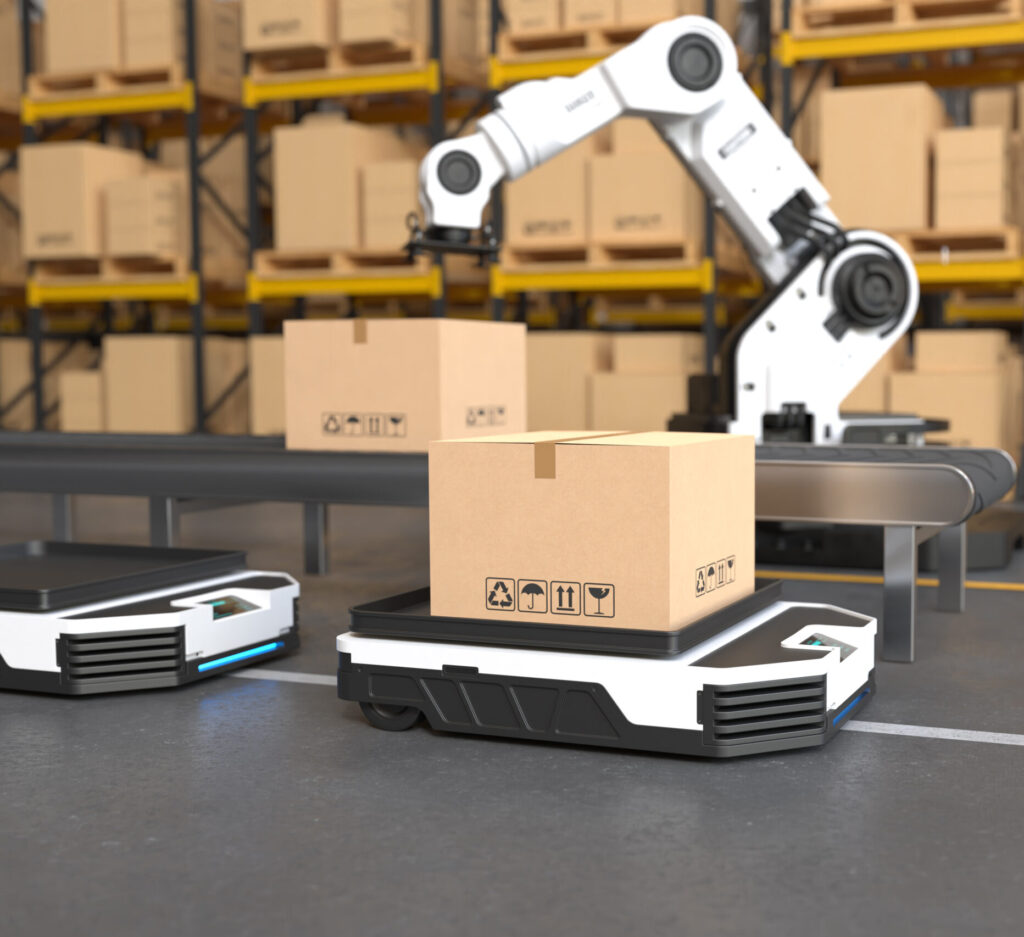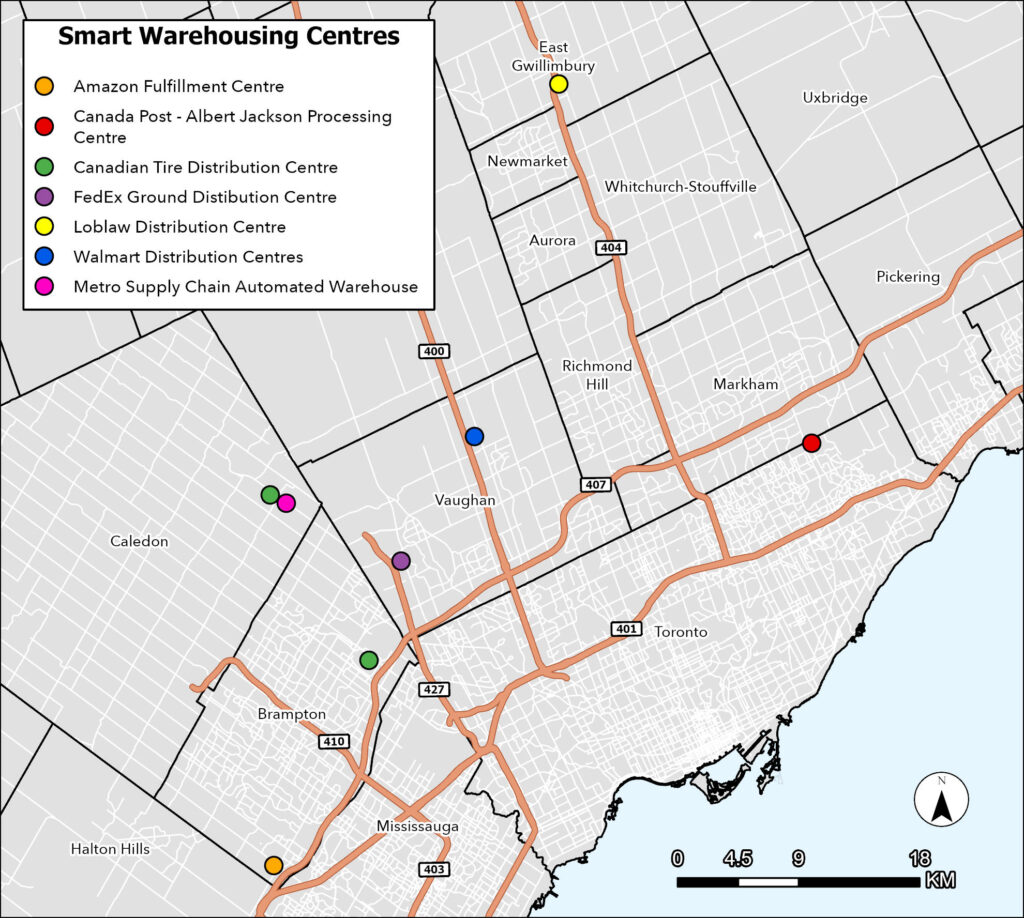The Rise of Smart Warehousing in Ontario: A Glimpse into the Future of Logistics
September 12, 2024
As Ontario’s logistics landscape evolves, one innovation stands out: smart warehousing. Emerging out of a necessity to address inefficiencies in traditional logistics, smart warehousing represents a significant leap forward.

|
Key Drivers for Smart Warehousing 1. E-commerce Growth Increased Demand for Warehousing: The boom in e-commerce has led to a significant demand for warehousing space, especially around major urban centres like Toronto. 2. Labour Shortages Aging Workforce: Ontario, like many regions, is facing an aging workforce, particularly in the manufacturing and logistics sectors. As older workers retire, there is a growing gap in the availability of skilled labour to fill these positions. 3. Supply Chain Resilience Adaptability to Disruptions: Smart warehousing enables businesses to respond quickly to supply chain disruptions, which have become more common due to global events and trade uncertainties. 4. Government and Regulatory Support Incentives for Innovation: The Government of Ontario offers incentives and grants for businesses adopting innovative technologies, including those in warehousing and logistics. |
 |
 |
What Exactly is Smart Warehousing? Smart warehousing is distinguished by the integration of advanced technologies such as the Internet of Things (IoT), artificial intelligence (AI), and robotics. These technologies enable real-time tracking and automate inventory management, leading to enhanced forecasting accuracy, reduced inventory errors, and improved productivity. Key Features: 1. Automation and Robotics Automated Storage and Retrieval Systems: These systems automatically place and retrieve items from storage locations, optimizing space usage. This allows accessibility to higher clear heights to maximize space. 2. Internet of Things (IoT) Real-time Tracking: IoT devices are used to monitor inventory levels, track the location of goods within the warehouse, and manage equipment health. 3. Artificial Intelligence (AI) and Machine Learning Predictive Analytics: AI analyzes historical data and predicts demand, helping warehouses manage inventory levels more effectively and reduce waste. For example, as the holiday season approaches, machine learning can proactively allocate stock to high-traffic locations in anticipation of demand surges. |
Here’s a look at some of the smart warehousing technologies employed by Amazon:
Smart Warehousing in Ontario
Several large companies and industrial developers in Ontario are investing in smart warehousing technologies. For instance, Amazon and Walmart have implemented smart warehousing solutions in their distribution centres across the province, utilizing robotics, AI, and advanced logistics software to enhance their operations.

Lee & Associates Toronto: Pioneers in Smart Warehousing Solutions
At Lee & Associates Toronto, we recognize the transformative impact of technological advancements and are dedicated to guiding our tenant clients through these changes. Our expertise in industrial build out and development allows us to offer strategic opportunities for businesses seeking to invest in smart warehousing for their day-to-day operations.
By staying at the forefront of technological trends, we help our clients remain competitive in an ever-evolving market
Reference:
Supply chain trends 2024: The digital shake-up (KPMG)
KPMG global tech report 2023 (KPMG)
